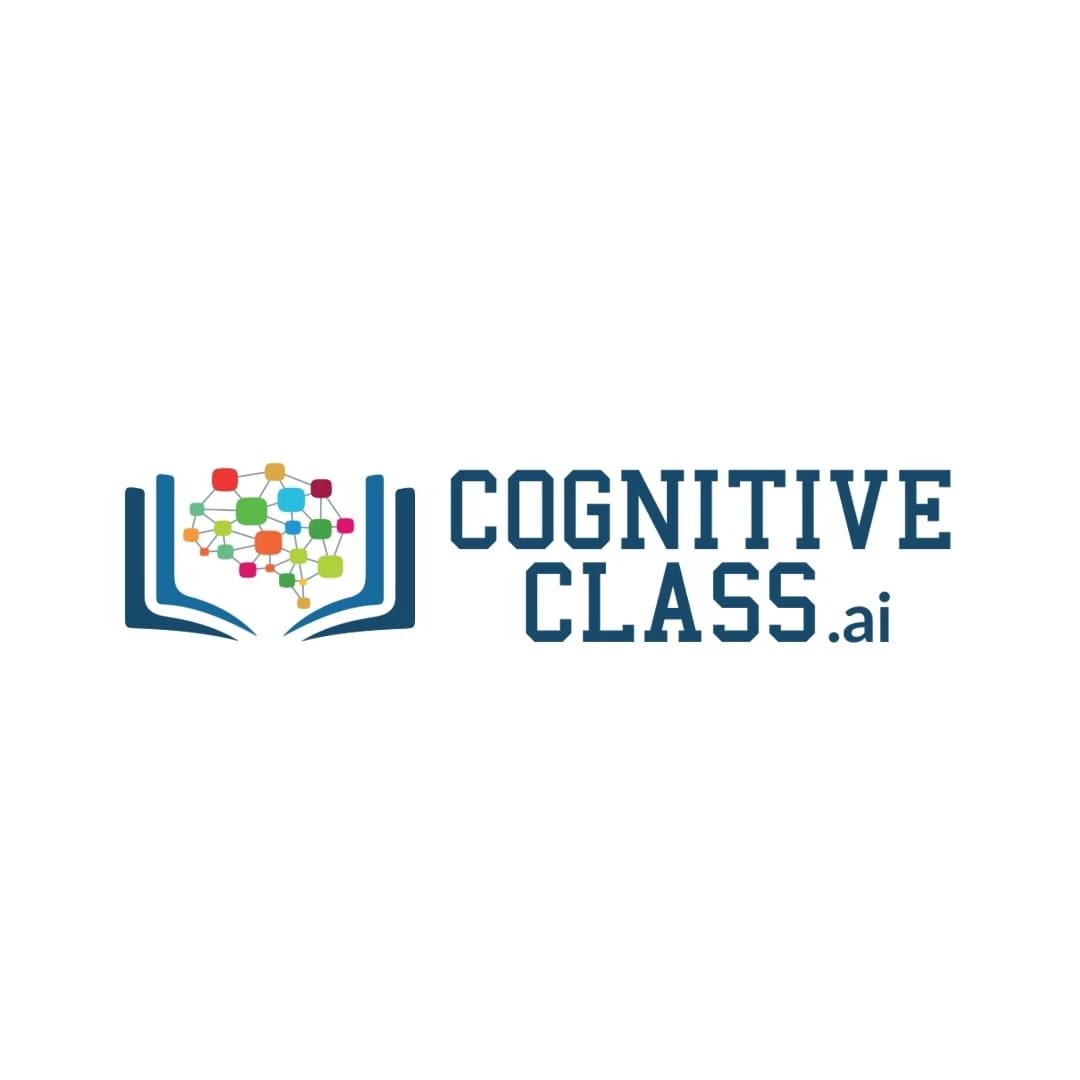Unleashing the Power of Reinforcement Learning for Trading
Unlock the potential of reinforcement learning in financial trading. Learn how AI can optimize trading strategies, simulate market environments, and improve decision-making in real-time markets.
At a Glance
This Guided Project will dive into the fascinating world of Reinforcement Learning. Learners will be taken on an in-depth journey through Artificial Intelligence (AI) and exploring how AI can be used in trading. We leverage trading indicators such as MACD, EMA, RSI, BB, and OBV to use them for training the reinforcement learning agent. By the end, participants will understand AI principles and have the ability to apply them to create professional trading strategies.
Join us on an exciting journey into the world of stock trading and artificial intelligence! In this project, we explore the power of reinforcement learning to create a cutting-edge system that emulates the strategies used by hedge funds. By leveraging advanced techniques such as Exponential Moving Averages, Relative Strength Index, and Bollinger Bands, we preprocess and analyze stock data to train an intelligent agent. This agent learns to make informed buy and sell decisions, adapting its actions based on current market conditions. Through rigorous training and testing, we aim to develop a robust model capable of maximizing profits and navigating the complex landscape of stock trading. Embark on this fascinating endeavor and unlock the potential of reinforcement learning in revolutionizing your understanding of the financial world.
A Look at the Project Ahead
We are aiming to implement a reinforcement learning system for stock / Forex / Crypto trading using indicators:
Step 1: Data preparation
- Preprocess the stock dataset by cleaning and adding trading indicators including Exponential moving averages (EMA), Relative Strength Index (RSI), Moving Average Convergence Divergence (MACD), On-Balance Volume (OBV), and Bollinger Bands.
Step 2: Define the environment
- Define the action space, which represents the actions the agent can take. In this case, the agent can either buy or sell the stock.
- Define the state space, which represents the current state of the stock. In this case, the state space can include the current price and the indicators.
- Define the reward function, which will be used to evaluate the agent’s performance. In this case, the reward function can be based on the profit or loss made by the agent.
Step 3: Define the agent
- Define the agent, which will take actions based on the current state of the stock and the reward function.
- Choose a reinforcement learning algorithm such as Q-Learning or Deep Q-Network (DQN) to train the agent.
Step 4: Train the agent
- Train the agent using the stock data and the defined reward function.
- The agent should learn the optimal policy for buying and selling the stock based on the current state of the stock and the reward function.
Step 5: Test the agent
- Test the agent on a separate dataset to evaluate its performance.
Step 6: Refine the model
- Refine the model by adjusting the parameters of the reinforcement learning algorithm, the reward function, or the state space.
What You’ll Need
It is recommended to have a background in programming (especially in Python) and have a familiarity with classes and objects.










There are no reviews yet.